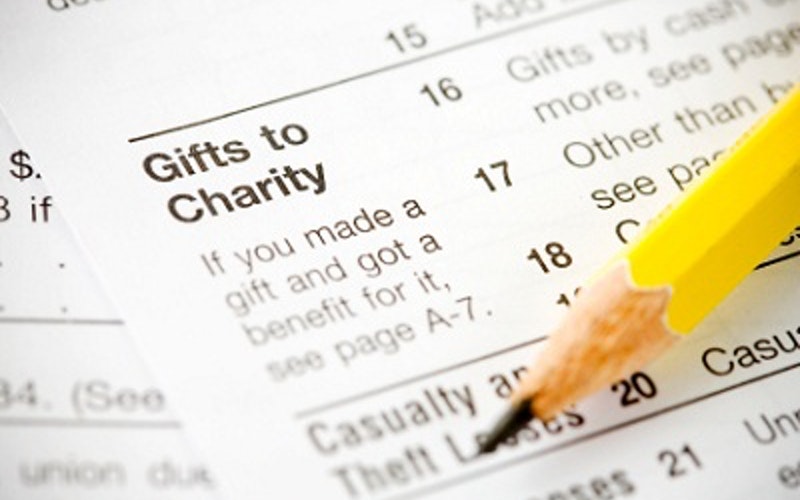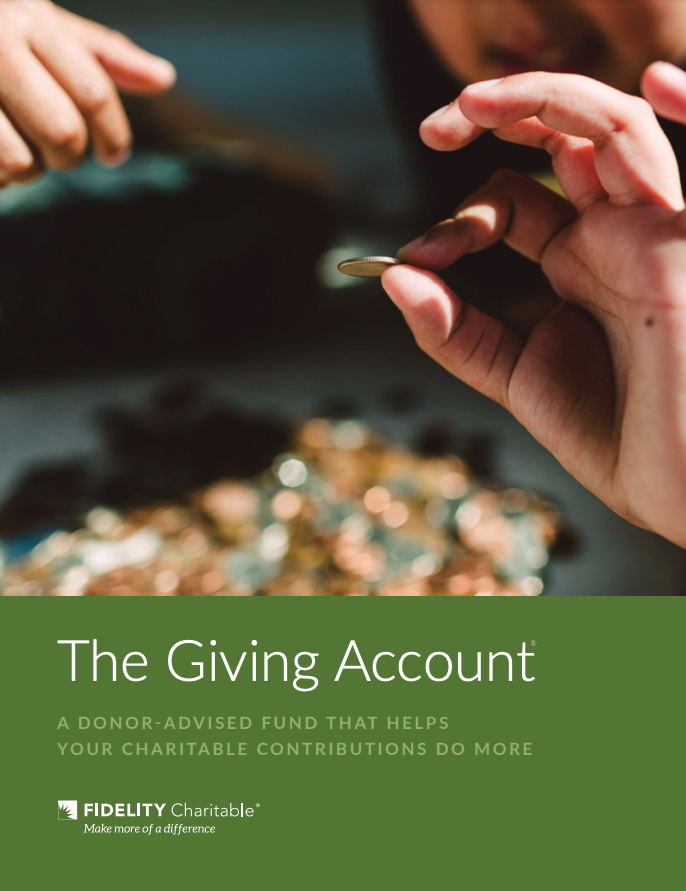
Giving

Personal Finance Guide
This is section 5 of the goerFI Personal Finance Guide.
MAIN POINTS
1. Budget to give.
This means that if you raise support for your salary, you’ll need to raise more support to be able to give it away. Budgeting to give allows you to express your values through giving intentionally.
2. Have a personal giving plan.
One way to do this is to make a ‘charitable mission statement’ for you and your family. What causes do you care about and want to support? Consider giving to your sending church, giving to local churches, giving to other goers, giving to local foundations in your host country that do good work, and giving to other causes that you value. This is a good opportunity to include your kids in the charitable giving, as they join in the family ‘charitable mission’. See this template from Fidelity Charitable. It’s your ‘giving plan’, so it can have anything you want in there. Consider how including planning for spontaneous opportunities (ex. giving $20 monthly to homeless people you encounter) can actually increase your intentionality in giving.

3. Annually assess your charitable giving.
Each year, you should evaluate how much you gave to charity and how you gave it (cash / check / Donor-Advised Fund, planned / spontaneous, etc). Some people plan their giving to allow for more ‘spur the moment’ giving opportunities. Are you happy with what causes you gave to? Does your giving still line up with your charitable mission statement? Totaling up your annual charitable giving is also important when tax season comes, if you want to itemize your deductions.
4. Know how charitable giving affects your taxes.

When your charitable giving is more than the standard deduction, then your continued charitable giving will decrease your tax liability in the current year. If you have a year of substantial giving, then consider itemizing your deductions on your taxes to claim a higher deduction than the standard deduction. Similarly, you can donate appreciated assets (like a stock you’ve held in a brokerage account for years) to a charity or DAF, thereby avoiding paying capital gains tax on the asset, and getting to claim the full donation amount if you itemize your deductions.
5. Utilize a Donor-Advised Fund (DAF).
Utilize a DAF to increase your future donations to charity, streamline your giving records, and potentially lower your taxes. A DAF is a charitable investment account, which you as the donor, get to steward or ‘advise’. With a DAF, you make charitable donations to the DAF account, held at a charitable financial institution like Fidelity Charitable, and that account is then invested in the stock market. You choose what index funds the money will be invested in. You then ‘advise’ the charitable institution to make donation checks to the charities you actually want to support. The financial institution will then make the donations you advised them in the name of your account (ex. “The Johnson Family Fund”). The charities receive the donations you intended to send them directly, with no difference. To do this well, you will likely want to start the DAF with some seed money that will stay in the account regardless. When you have extra money that you want to give towards charity but don’t know of any particular needs, you can give to your DAF and let it accumulate before later making distributions to charities. The long-term benefit of DAFs is that your money is invested and grows interest before later being distributed to a charity. All of the growth within a DAF is tax-free. Also, if you route all of your charitable donations through your DAF, then you can easily see your annual charitable giving in one place. DAFs are a simple tool, available for people with any amount of charitable giving or income. This is not just a tool for wealthy people, but is a tool anyone can use.
BONUS STRATEGY
Stack multiple years of your DAF contributions at once. If you are financially able, make 2-4 years of charitable contributions in one year, and on that year’s taxes, itemize your deductions. If your total charitable contributions are greater than the standard deduction, you can claim a higher deduction and pay less tax in that year. For the next few years, you put your ‘contributions’ into a brokerage account instead, invested in the total stock market, and claim the standard deduction on your taxes on those years. 2-4 years later, take the accumulated amount in your brokerage account and contribute it to your DAF, and itemize deductions again. Repeat this cycle. Every year, you would still advise your DAF to make the same charitable distributions to your charities, so they see no difference. The benefit is for you as the donor, that once every few years, you can itemize your deductions and pay less tax than if you just made the same charitable contributions each year and took the standard deduction each year.
AN APPROACH TO CONSIDER
1. Start by making a charitable mission statement, and make a specific plan for your charitable giving in the current year.
2. Open a Donor-Advised Fund (DAF) and see if you can route all of your charitable giving through that account. Aggregating all of your giving (or most of it) into a DAF is similar to how you organize your retirement savings into a few specific accounts (IRA, 403b, brokerage account). Set a calendar event to remind you to reassess either in December of the current year, or 12 months from now.
LEARN MORE
Don’t just take our word for it! Check out these other resources.
This page last updated April 2022

